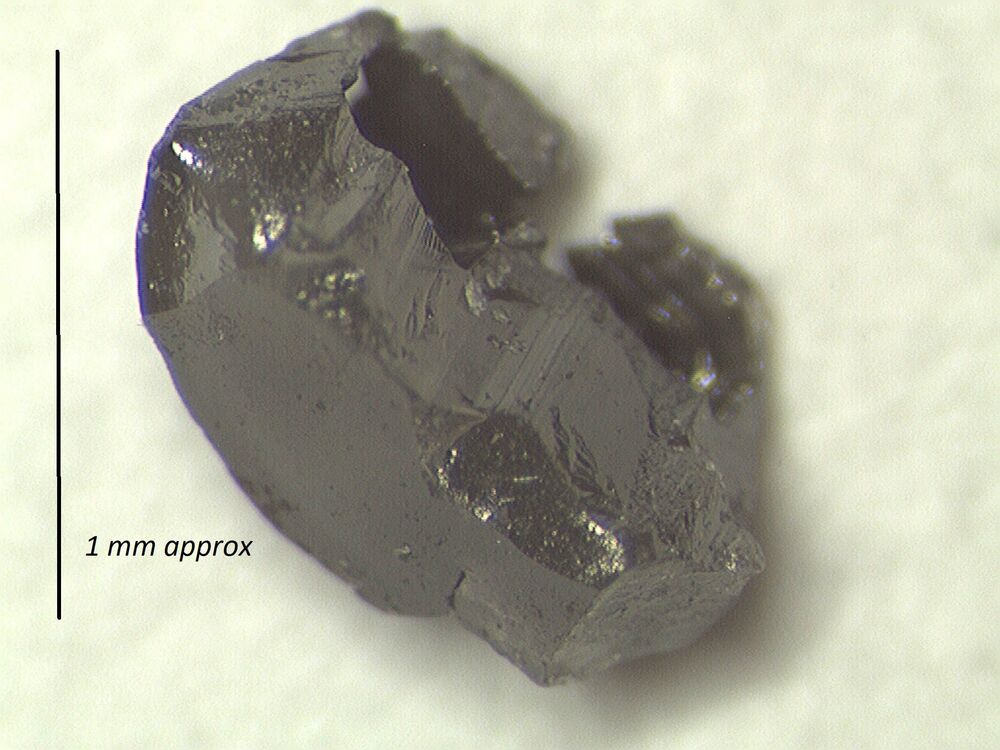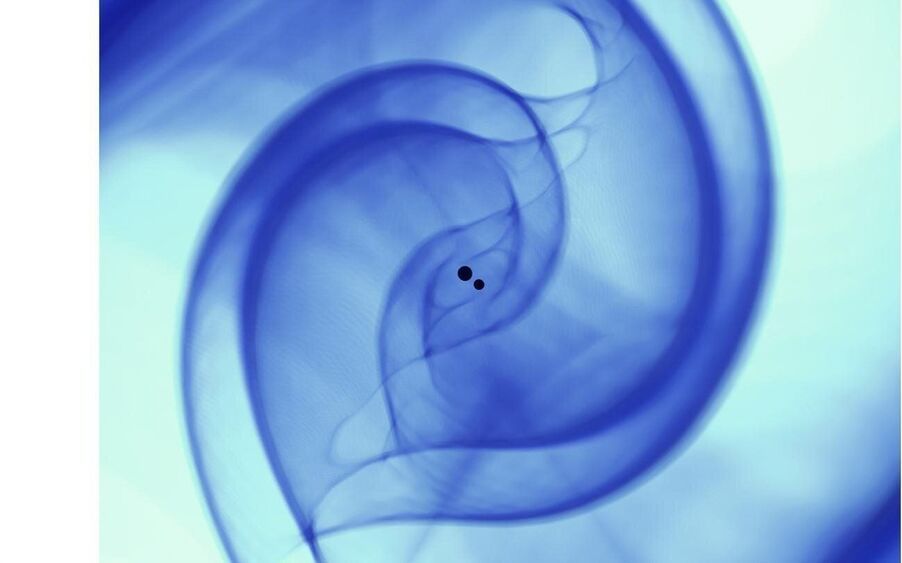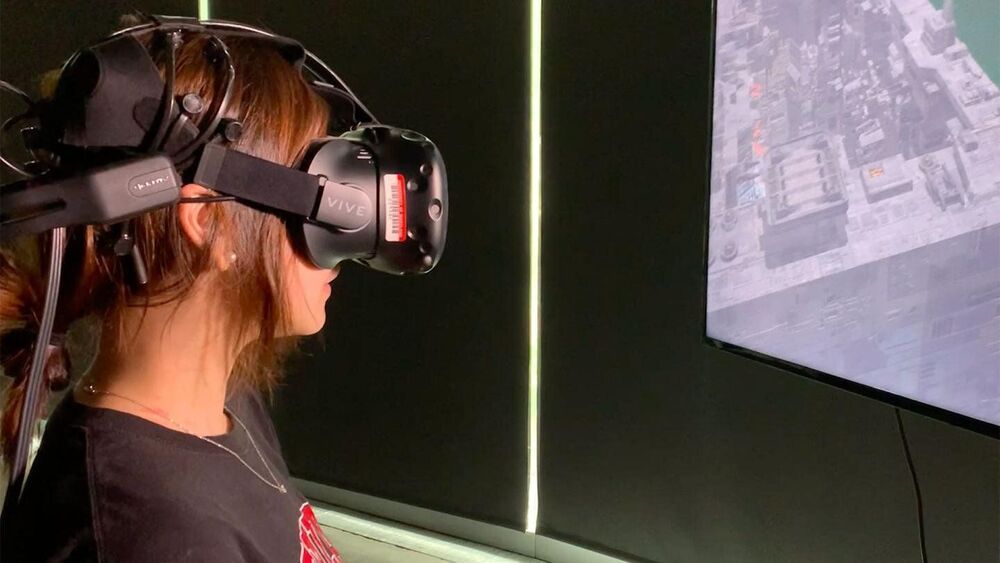
A unique study of ancient diamonds has shown that the basic chemical composition of the Earth’s atmosphere which makes it suitable for life’s explosion of diversity was laid down at least 2.7 billion years ago. Volatile gases conserved in diamonds found in ancient rocks were present in similar proportions to those found in today’s mantle, which in turn indicates that there has been no fundamental change in the proportions of volatiles in the atmosphere over the last few billion years. This shows that one of the basic conditions necessary to support life, the presence of life-giving elements in sufficient quantity, appeared soon after Earth formed, and has remained fairly constant ever since.
Presenting the work at the Goldschmidt Geochemistry Conference, lead researcher Dr. Michael Broadly said, “The proportion and make-up of volatiles in the atmosphere reflects that found in the mantle, and we have no evidence of a significant change since these diamonds were formed 2.7 billion years ago.”
Volatiles, such as hydrogen, nitrogen, neon, and carbon-bearing species are light chemical elements and compounds, which can be readily vaporized due to heat, or pressure changes. They are necessary for life, especially carbon and nitrogen. Not all planets are rich in volatiles; Earth is volatile-rich, as is Venus, but Mars and the Moon lost most of their volatiles into space. Generally, a planet rich in volatiles has a better chance of sustaining life, which is why much of the search for life on planets surrounding distant stars (exoplanets) has focused on looking for volatiles.


















